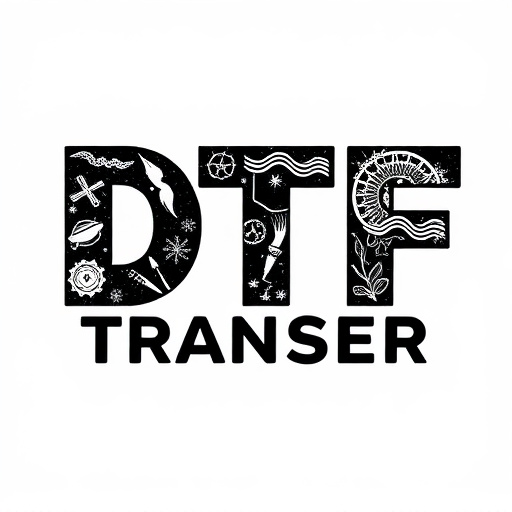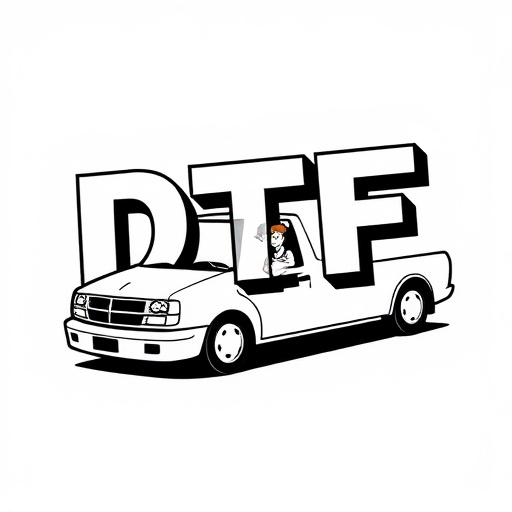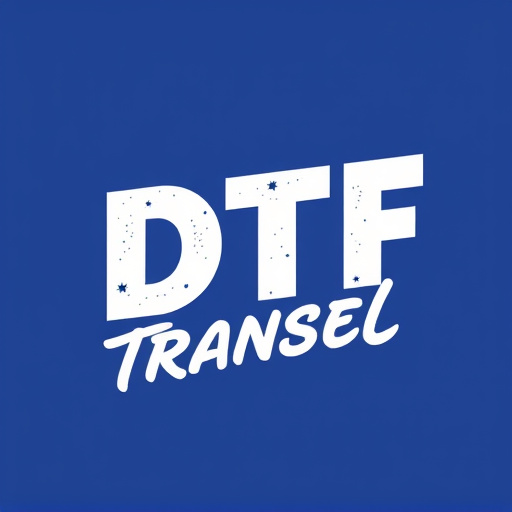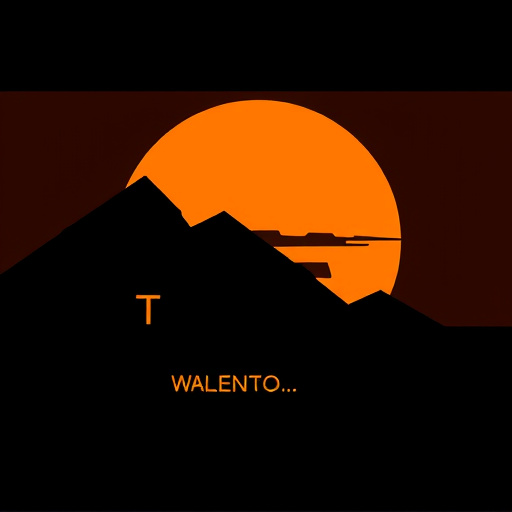Direct-to-Film (DTF) transfers are transforming printing by enabling on-demand production of high-quality prints without minimum order requirements. This innovative process deposits ink precisely onto flexible substrates for curing, resulting in durable DTF prints suitable for diverse applications like short-run projects, prototyping, and custom products. DTF Printing's efficiency, cost-effectiveness, and quick turnaround times make it a revolutionary solution for creative individuals, small businesses, and sectors like advertising, art reproduction, and film special effects. The future of DTF technology looks promising with digital advancements expanding its applications across various industries.
“Discover the convenience of direct-to-film (DTF) transfers with no minimum order requirements. This innovative technology is transforming how small businesses and individuals print custom designs onto various materials. In this comprehensive guide, we demystify DTF printing, highlighting its advantages for personal and professional use. From understanding the process to choosing the best service providers and exploring real-world applications, you’ll gain insights into the future of DTF technology and its impact on modern printing.”
- Understanding Direct-to-Film (DTF) Transfers: A Simple Explanation
- Benefits of DTF Printing for Small Businesses and Individuals
- How DTF Transfer Services Work: Step-by-Step Guide
- Choosing the Right DTF Service Provider: Key Considerations
- Applications and Use Cases of DTF Prints
- The Future of DTF Technology: Trends and Innovations
Understanding Direct-to-Film (DTF) Transfers: A Simple Explanation
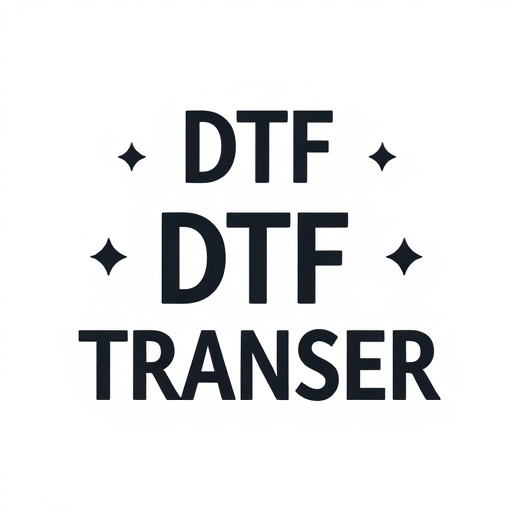
Direct-to-Film (DTF) Transfers are a cutting-edge method revolutionizing the printing industry. Unlike traditional printing techniques that require minimum order quantities, DTF allows for on-demand printing directly onto film, offering unparalleled flexibility. This process involves precisely applying ink to a flexible substrate, which is then cured to create a durable print.
DTF Transfer technology enables businesses and individuals to produce high-quality prints without the burden of large minimum orders. Whether it’s for short-run projects, prototyping, or custom products, DTF Printing provides an efficient and cost-effective solution. Its simplicity and versatility make it a game-changer, especially in today’s fast-paced world where quick turnaround times are essential.
Benefits of DTF Printing for Small Businesses and Individuals

Direct-to-film (DTF) transfers offer a game-changing solution for small businesses and individuals looking to bring their creative visions to life without the constraints of traditional printing methods. One of the primary benefits is the absence of minimum order quantities. This feature empowers entrepreneurs, artists, and hobbyists to produce custom prints on demand, eliminating the need for upfront investments in large batches. With DTF Printing, you can turn your unique designs into tangible products, whether it’s merchandise, art pieces, or promotional items, all tailored to individual preferences.
Furthermore, DTF Technology allows for exceptional print quality and versatility. It enables the reproduction of intricate details, vibrant colors, and diverse media types on various materials. This flexibility ensures that your prints can enhance any product or display, from custom phone cases and t-shirts to canvas art and photo prints. By adopting DTF Printing, small businesses and individuals can efficiently manage their production runs, cater to niche markets, and deliver personalized experiences without breaking the bank.
How DTF Transfer Services Work: Step-by-Step Guide
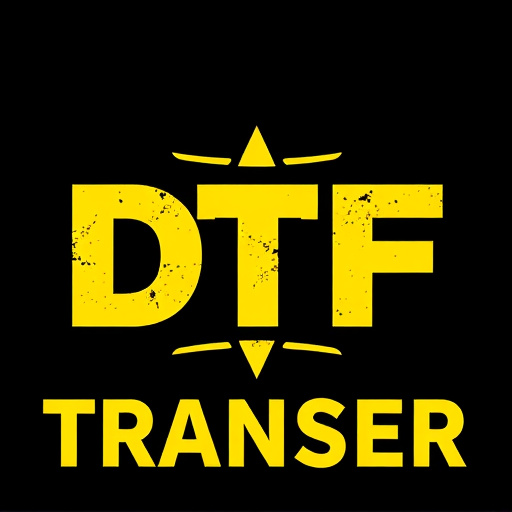
Direct-to-film (DTF) transfer services offer a revolutionary way to print and reproduce artwork, designs, or photos directly onto various materials like t-shirts, mugs, and more, without any minimum quantity restrictions. Here’s how these innovative services work:
1. File Upload: The process begins with the upload of your design or artwork file. This can be done through a user-friendly online platform provided by the DTF transfer service. Ensure your file is in the correct format (e.g., PNG, JPEG) and meets the resolution requirements for optimal prints.
2. Material Selection: Next, choose the material you want to print on from a range of options. Whether it’s a standard t-shirt, a high-quality mug, or a unique fabric, DTF services offer a diverse selection to cater to various needs. The service then prepares your design for the specific material, considering factors like ink compatibility and surface characteristics.
3. Precision Printing: Advanced printing technology is employed to precisely transfer your design onto the chosen material. This often involves high-resolution printers and specialized inks designed for DTF processes. The print quality ensures that all details, colors, and textures are accurately replicated from your digital file.
4. Curing and Quality Control: After printing, the material undergoes a curing process to set the ink permanently. Quality control checks are performed to ensure each print meets the required standards. This step guarantees that your DTF prints are vibrant, durable, and ready for use or sale.
Choosing the Right DTF Service Provider: Key Considerations
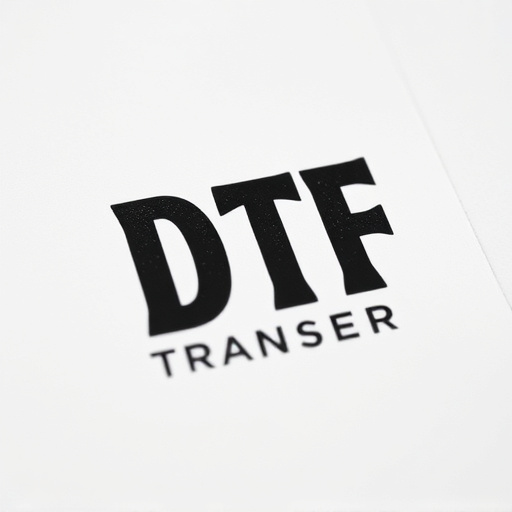
When selecting a Direct-to-Film (DTF) service provider for your transfer needs, several crucial factors come into play. Firstly, consider the quality of their DTF printing process; ensure they utilise state-of-the-art technology to deliver crisp, precise prints that meet your expectations. Reputable providers invest in advanced equipment to guarantee consistent and high-quality results, ensuring your final products are visually appealing and durable.
Additionally, check their flexibility and customization options. A good DTF service should be able to cater to various requirements, whether you need small batches or large volumes of prints. They should offer a range of services beyond basic DTF transfers, such as custom design assistance, fast turnaround times, and reliable shipping options. Reading customer reviews and comparing pricing structures will also help you make an informed decision, ensuring you choose a service that aligns with your project’s unique demands.
Applications and Use Cases of DTF Prints
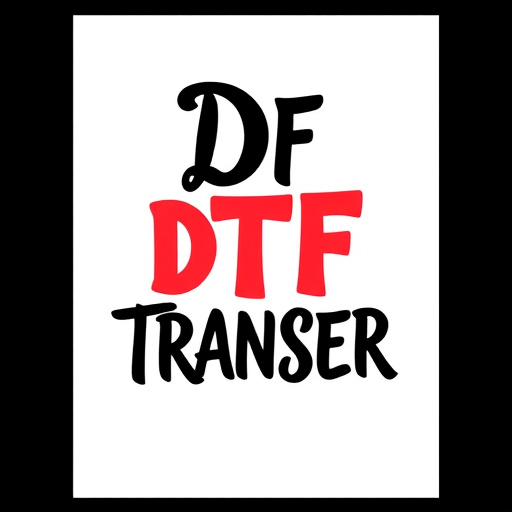
Direct-to-film (DTF) transfers have revolutionized various industries, offering a flexible and efficient printing solution. DTF prints are widely used in applications where high-quality, durable, and precise imaging is essential. From advertising and signage to art reproduction and even in the film industry for special effects, DTF technology provides an unparalleled level of detail and vibrancy.
In the realm of advertising, DTF transfers enable businesses to create eye-catching displays, outdoor billboards, and window graphics with vivid colors and sharp textures. For artists and collectors, it facilitates the reproduction of fine art pieces, ensuring every stroke and shade is accurately represented. Additionally, DTF printing has found its place in film production as a game-changer for special effects, allowing for intricate and realistic visual enhancements directly on sets or for post-production work.
The Future of DTF Technology: Trends and Innovations
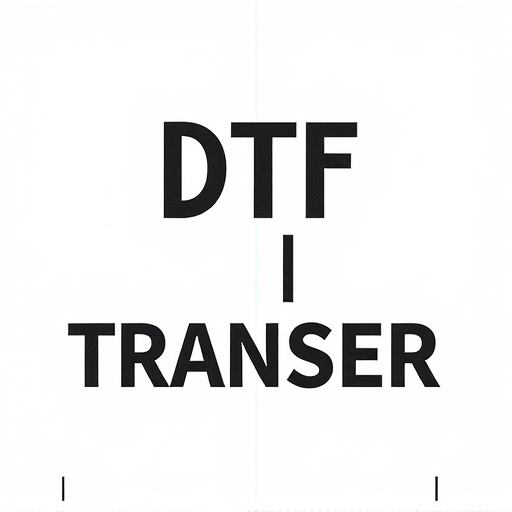
The future of Direct-to-Film (DTF) technology is bright, with constant innovations pushing the boundaries of what’s possible in printing. One prominent trend is the increasing demand for on-demand DTF services, eliminating the need for minimum quantity requirements. This shift is driven by the rise of small businesses and entrepreneurs who seek high-quality, personalized prints without the overhead costs associated with traditional printing methods.
Digital advancements are also playing a significant role in enhancing DTF technology. Improved print heads, inks, and substrates are enabling more vibrant and accurate DTG prints, rivaling even the finest silk screening results. Additionally, new techniques like UV curing and hybrid printing processes are streamlining production times and expanding the range of applications for DTF transfers, from apparel to home decor and beyond.








